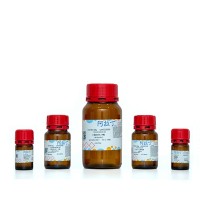Using Peptide Loop Insertion Mutagenesis for the Evolution of Proteins
互联网
互联网
相关产品推荐

Recombinant-Mouse-Tail-anchored-protein-insertion-receptor-WRBWrbTail-anchored protein insertion receptor WRB Alternative name(s): Tryptophan-rich basic protein; WRB
¥10332

Clay Evolution 建筑 3D 打印线材,clay effect, 直径1.75mm, suitable for outdoor,阿拉丁
¥320.90

Recombinant-Chicken-PQ-loop-repeat-containing-protein-2PQLC2PQ-loop repeat-containing protein 2
¥11480

yscM/yscM蛋白/yscM; Yop proteins translocation protein M蛋白/Recombinant Yersinia enterocolitica Yop proteins translocation protein M (yscM)重组蛋白
¥69

DYKDDDDK Synthetic Peptide
¥200
相关问答

